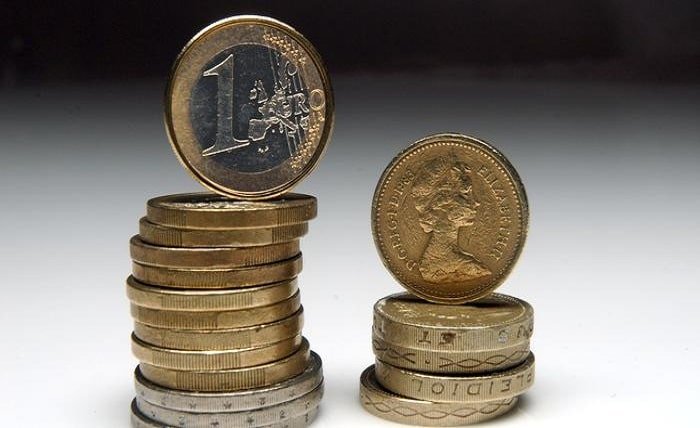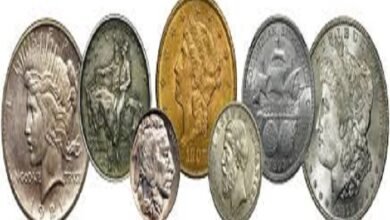How to Short a Currency: A Comprehensive Guide

Introduction
Shorting a currency is a popular trading strategy used by investors to profit from the decline in the value of a currency. This technique, while potentially lucrative, carries significant risks and requires a deep understanding of the forex market. In this guide, we will explore the various aspects of shorting a currency, including the strategies involved, the risks, and the steps you need to follow to execute a short trade successfully.
What Does It Mean to Short a Currency?
Shorting a currency means borrowing a currency and selling it at its current price, with the expectation that its value will decrease. Once the value drops, you buy it back at the lower price, return the borrowed currency, and pocket the difference as profit. This strategy is based on the anticipation of a decline in the currency’s value.
The Forex Market
Before learning how to short a currency, it’s essential to understand the forex market. The forex market is the largest financial market in the world, where currencies are traded 24 hours a day. It is decentralized, meaning that it operates through a network of banks, brokers, and financial institutions rather than a central exchange.
Factors Influencing Currency Values
To effectively short a currency, you must understand the factors that influence currency values. These include economic indicators, interest rates, political stability, and market sentiment. A strong grasp of these factors will help you predict currency movements and identify opportunities for shorting.
Choosing the Right Currency Pair
When shorting a currency, you trade in currency pairs. Choosing the right currency pair is crucial for a successful trade. Major currency pairs like EUR/USD, GBP/USD, and USD/JPY are popular choices due to their liquidity and volatility. Analyzing historical data and current market conditions will help you select the best pair for shorting.
Technical Analysis for Shorting a Currency
Technical analysis involves studying price charts and using indicators to predict future currency movements. Common tools include moving averages, relative strength index (RSI), and Bollinger Bands. By mastering technical analysis, you can identify patterns and signals that indicate potential shorting opportunities.
Fundamental Analysis for Shorting a Currency
Fundamental analysis focuses on the economic, financial, and political factors affecting a currency’s value. Key indicators include GDP growth rates, employment figures, and central bank policies. Understanding these fundamentals will provide insights into long-term trends and help you make informed decisions when shorting a currency.
Implementing a Short Trade
To short a currency, you need to open a trading account with a forex broker. Once your account is set up, you can place a short trade by selecting the currency pair, specifying the amount, and setting your entry and exit points. It’s crucial to use stop-loss orders to limit potential losses and protect your investment.
Managing Risks in Currency Shorting
Shorting a currency involves significant risks, including the potential for unlimited losses if the currency value rises instead of falling. Effective risk management strategies include using stop-loss orders, diversifying your trades, and keeping a close eye on market developments. Being aware of the risks and managing them effectively is essential for successful shorting.
The Role of Leverage in Shorting a Currency
Leverage allows you to control a large position with a relatively small amount of capital. While leverage can amplify your profits, it also increases your risk. Understanding how leverage works and using it judiciously is crucial when shorting a currency. Always be cautious with leverage to avoid magnified losses.
Learning from Experience
Experience is a valuable teacher when it comes to shorting currencies. Start with a demo account to practice your strategies without risking real money. Learn from your mistakes and successes, and continuously refine your approach. Staying updated with market news and trends will also enhance your ability to make profitable trades.
Conclusion
Shorting a currency is a sophisticated trading strategy that requires a thorough understanding of the forex market, analytical skills, and effective risk management. By mastering the concepts and techniques outlined in this guide, you can enhance your ability to profit from declining currency values. Remember, while the potential rewards are high, so are the risks. Approach currency shorting with caution, continuous learning, and disciplined trading practices.
FAQs
1. What is shorting a currency?
Shorting a currency involves borrowing a currency and selling it at its current value, with the intention of buying it back later at a lower price to make a profit.
2. What are the risks of shorting a currency?
The primary risk of shorting a currency is the potential for unlimited losses if the currency value increases instead of decreasing. Effective risk management strategies are essential to mitigate these risks.
3. How do I choose the right currency pair to short?
Choosing the right currency pair involves analyzing liquidity, volatility, historical data, and current market conditions. Major currency pairs like EUR/USD and GBP/USD are popular choices for shorting.
4. What is the role of leverage in shorting a currency?
Leverage allows you to control a large position with a small amount of capital. While it can amplify profits, it also increases risks. Use leverage judiciously and be aware of its impact on your trades.
5. Can I practice shorting a currency without risking real money?
Yes, you can practice shorting a currency using a demo account provided by most forex brokers. This allows you to test your strategies and gain experience without risking real money.





